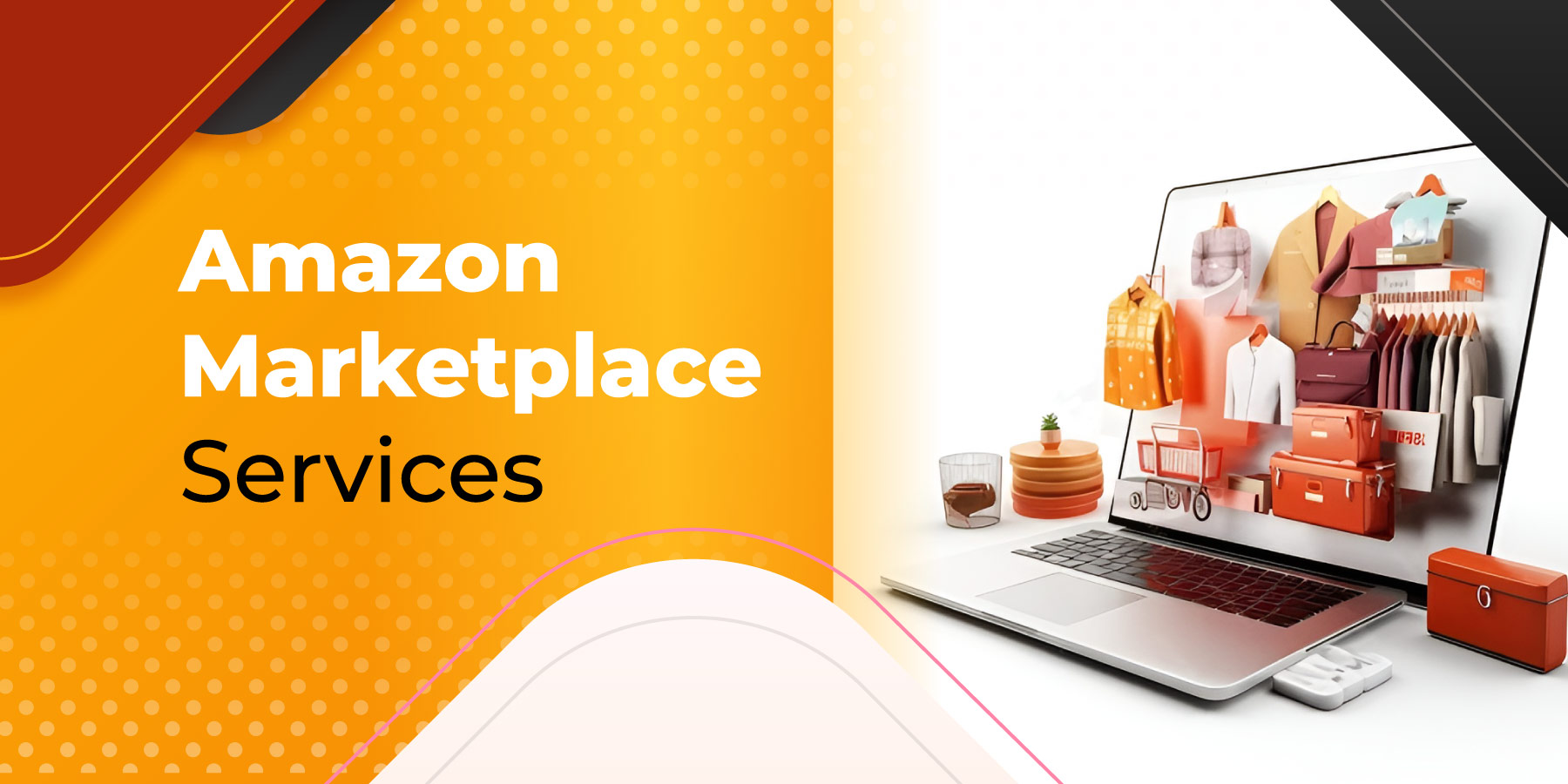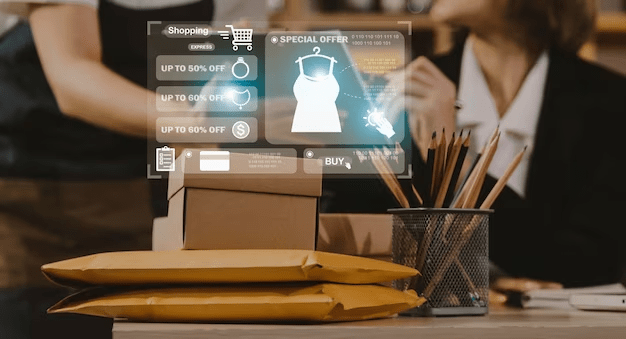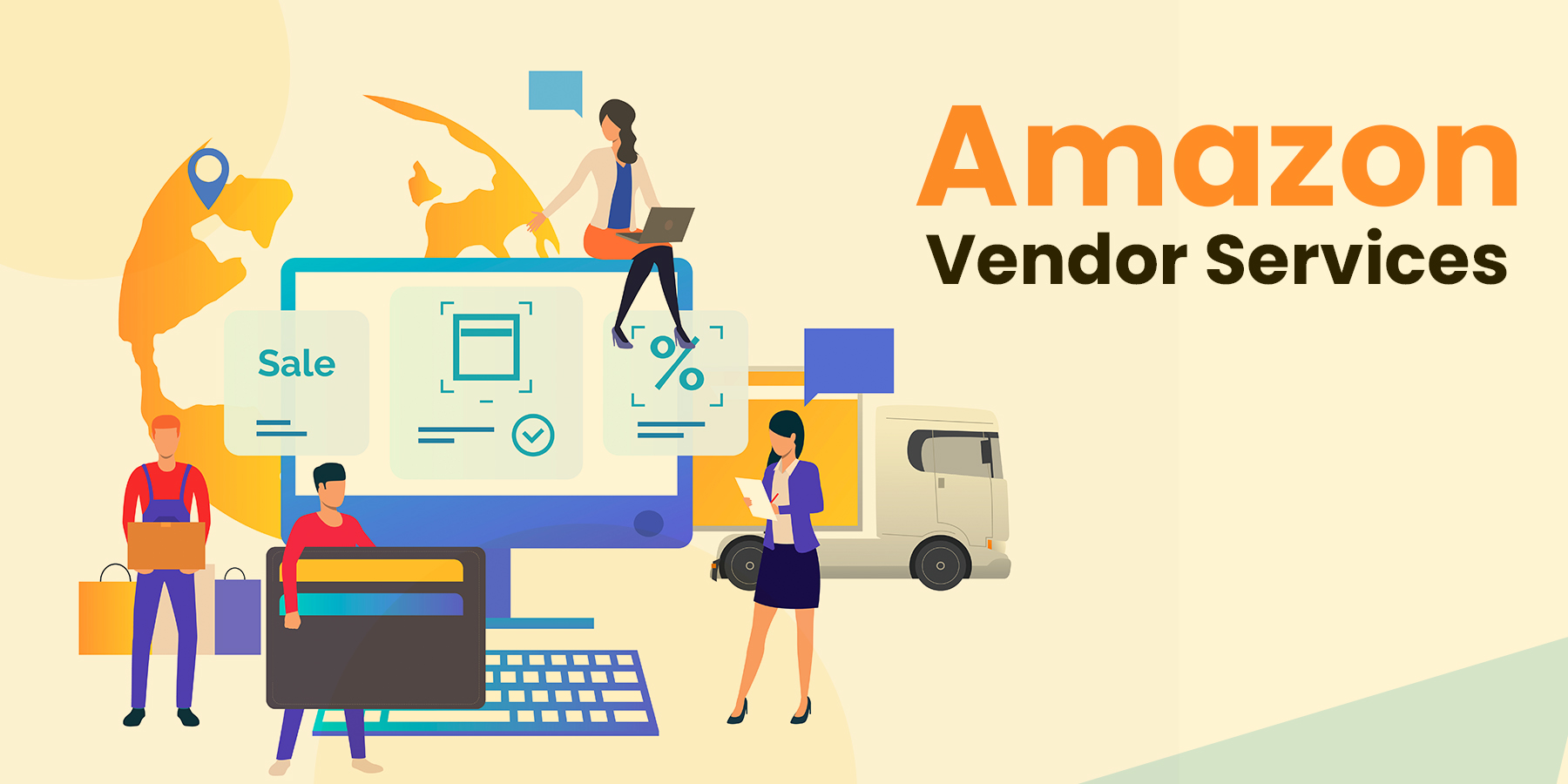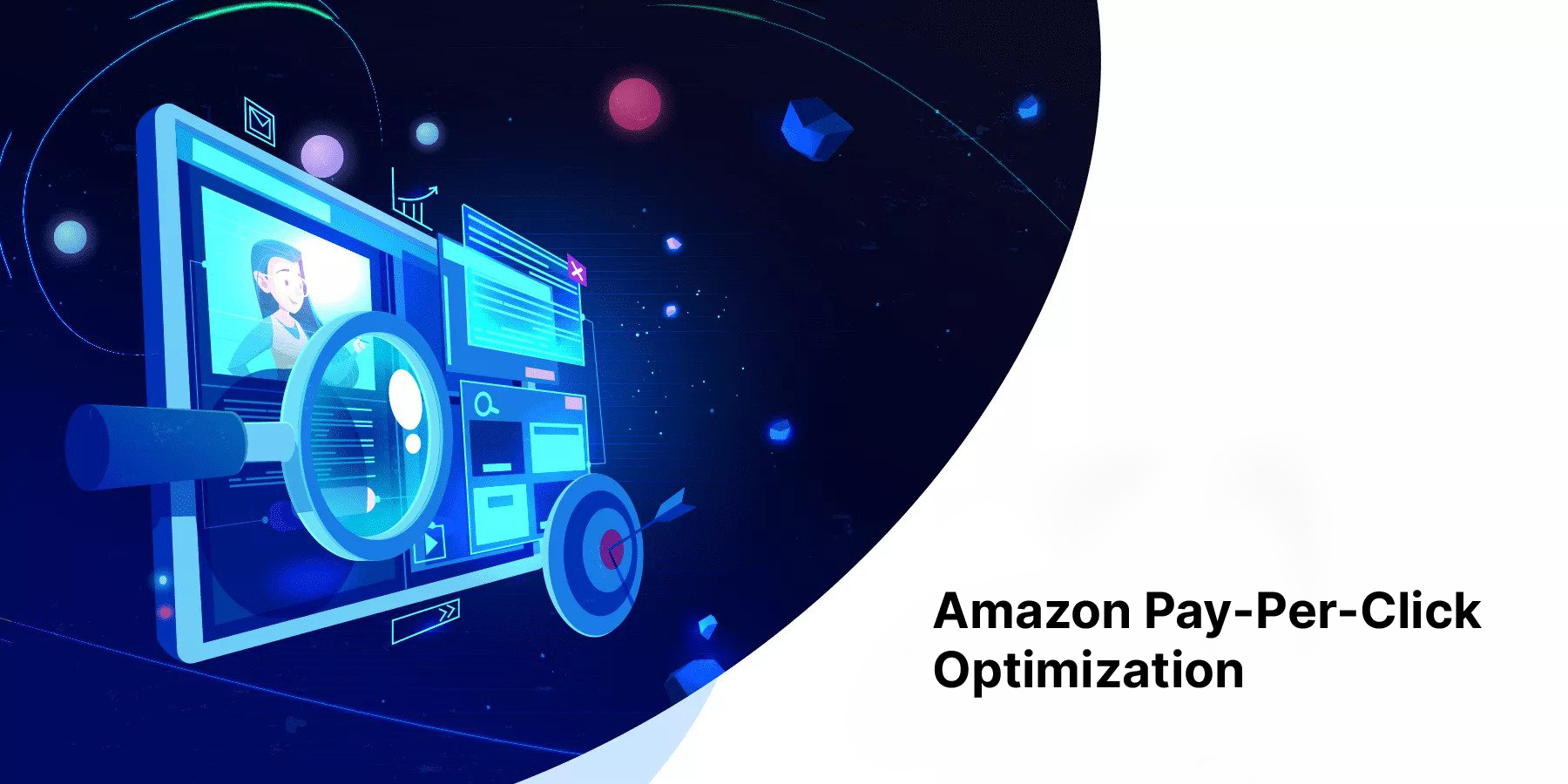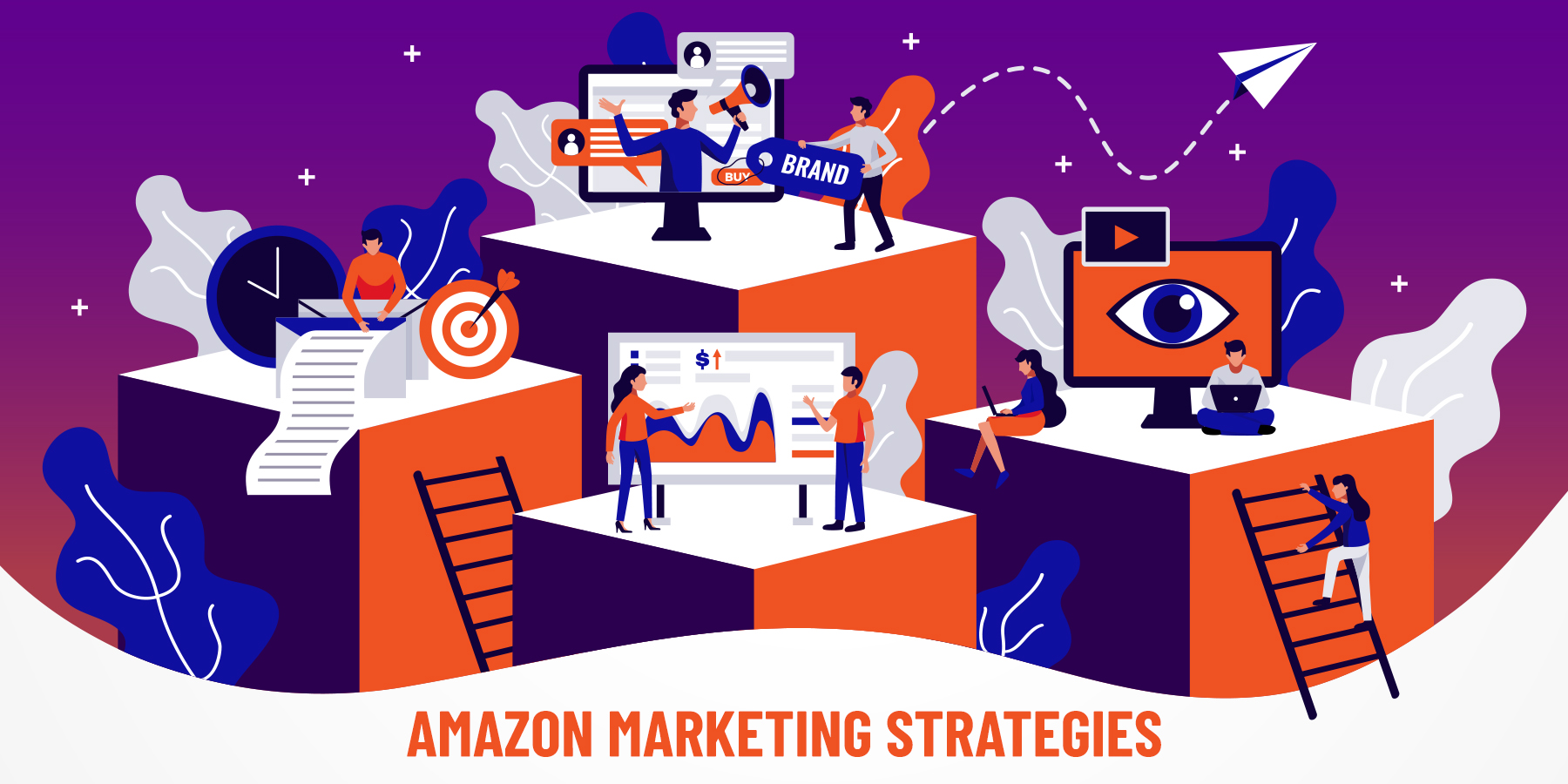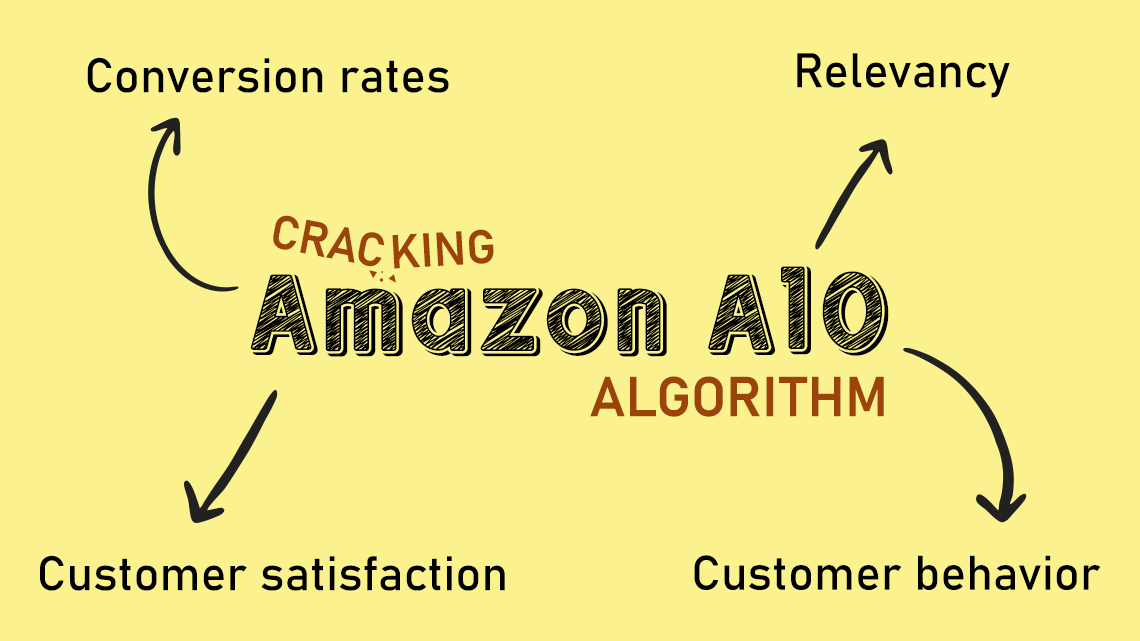With the rise of e-commerce, selling on online marketplaces has become an essential part of many businesses' strategies. Amazon, the largest online marketplace in the world, offers immense opportunities for sellers to reach a global customer base. However, navigating the complexities of the Amazon Marketplace can be challenging without the right knowledge and tools.
In this article, we will explore the key aspects of Amazon Marketplace services that every seller needs to know in 2024.
Why Should Sellers Consider Amazon Marketplace Management Services?
Selling on the Amazon Marketplace can be highly lucrative, but it also requires careful planning and execution. Here are some reasons why sellers should consider utilizing Amazon marketplace management services:
- Increased Visibility: With millions of daily visitors, the Amazon Marketplace provides sellers unparalleled exposure to potential customers.
- Access to Prime Customers: By utilizing Fulfillment by Amazon (FBA) services, sellers can tap into Amazon Prime's vast customer base, known for its high purchasing power.
- Streamlined Operations: Amazon marketplace management services help sellers automate various aspects of their business, such as inventory management, order fulfillment, and customer service, allowing them to focus on core activities.
- Expert Guidance: Amazon marketplace management services often come with dedicated account managers who have in-depth knowledge of the platform and can provide valuable insights and guidance to sellers.
Top 5 Amazon Marketplace Services for Sellers
Amazon offers a range of services to help sellers succeed on its platform. Let's explore some of the key services:
1. Amazon Seller Central
Amazon Seller Central is a web interface that allows sellers to manage their Amazon Marketplace accounts. It provides tools for listing products, managing inventory, analyzing sales data, and communicating with customers. Seller Central is the central hub for sellers to monitor and control their Amazon business.
2. Fulfillment by Amazon (FBA)
Fulfillment by Amazon (FBA) is a service that allows sellers to store their products in Amazon's fulfillment centers. Amazon handles the entire order fulfillment process, including picking, packing, shipping, and customer service. FBA enables sellers to leverage Amazon's extensive logistics network and offer Prime-eligible products to customers.
3. Sponsored Products
Sponsored Products is an advertising program that allows sellers to promote their products on Amazon's search results and product detail pages. By bidding on relevant keywords, sellers can increase their product visibility and drive more traffic to their listings. Sponsored Products can be a powerful tool for sellers looking to boost their sales and reach a wider audience.
4. Amazon Advertising
Amazon Advertising offers various advertising solutions beyond Sponsored Products. These include display ads, video ads, and custom ads that can be targeted to specific audiences. With Amazon Advertising, sellers can create highly targeted campaigns to increase brand awareness and drive sales.
5. Amazon Brand Registry
Amazon Brand Registry is a program designed to help sellers protect their brand and intellectual property rights on the Amazon Marketplace. By enrolling in Brand Registry, sellers can access tools that allow them to monitor and report potential infringements, create a unique brand presence, and unlock additional marketing and advertising features.
What is the Cost of Amazon Marketplace Services?
The cost of Amazon Marketplace services varies depending on the specific service and the seller's business needs. Here are some key cost factors to consider:
- Referral Fees: Amazon charges sellers a referral fee for each item sold on the Marketplace. The referral fee is a percentage of the item's sale price and varies by category.
- Fulfillment Fees: For sellers utilizing FBA, Amazon charges fees for storage, picking, packing, and shipping the products. These fees depend on the size and weight of the items.
- Advertising Costs: Sellers using Amazon Advertising pay for their advertising campaigns based on a cost-per-click (CPC) model. The cost per click varies depending on the competition for the targeted keywords.
- Subscription Fees: Amazon offers a Professional Selling Plan for high-volume sellers, which comes with a monthly subscription fee. Individual sellers can also pay a per-item fee instead of a subscription fee.
Conclusion
The Amazon Marketplace offers immense opportunities for sellers to grow their businesses and reach a global customer base. However, succeeding on the platform requires a deep understanding of its services and how to leverage them effectively. By utilizing Amazon marketplace management services, sellers can streamline their operations, increase visibility, and tap into Amazon's vast customer base. Whether it's through Seller Central, FBA, Sponsored Products, or Amazon Advertising, sellers have a range of tools at their disposal to drive sales and achieve success on the Amazon marketplace services.
As the e-commerce landscape evolves, staying up-to-date with the latest Amazon Marketplace services and trends will be crucial for sellers looking to stay ahead of the competition and maximize their profits. By investing in the right Amazon marketplace management services like Amazon Listing Services and leveraging the platform's power, sellers can unlock new growth opportunities and thrive in the ever-expanding world of online retail.



